Ori-An
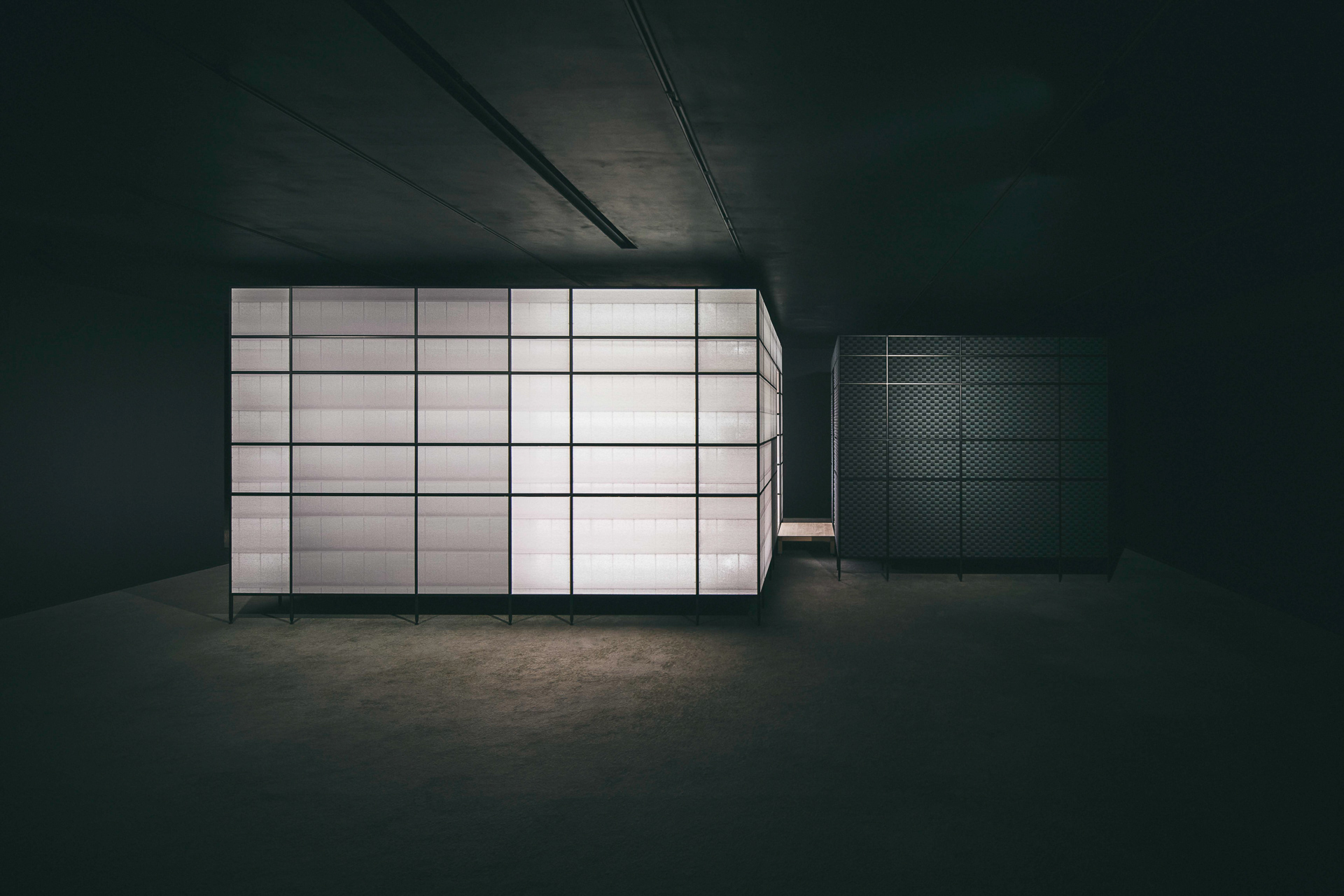
©️ Hosoo Co., Ltd. all rights reserved.
Ori-An, Tea Room
HOSOO X Tesera
Ori-an, the tea room, is the result of a collaboration between Hosoo, a long-established Kyoto Nishijin textile manufacturer, based in Nakagyo-ku, Kyoto City, and Tesera, a developer of interior products using the Tesera Structure modular system.
The Tesera Structure is made of aluminum frames with delicate details reminiscent of Japanese cabinetry. With the structure as the main frame, Ori-an is completely covered with Nishijin brocade, which is inspired by the theme of "shoji," traditional paper-covered sliding doors, and illuminated lights are installed inside the structure. The contrast between the unique structure and the faint illumination transmitted through the brocade may recall "In Praise of Shadows," written by Junichiro Tanizaki in 1933, which depicts the contrast between light and shadows in Japanese aesthetics.
Ori-an was designed by architect Takashi Suo in cooperation with Reijiro Izumi, deputy director of the Chado Research Center and president of SABIÉ, a group that seeks contemporary expressions of the long-standing culture of chanoyu, "The Way of Tea."
To adapt to the ever-changing modern world, the design of Ori-an enables easy relocation and storage thanks to the Tesera Structure which is easily reconfigurable.
Ori-an is a new style of tea room for the coming era with the aesthetics of Japan.

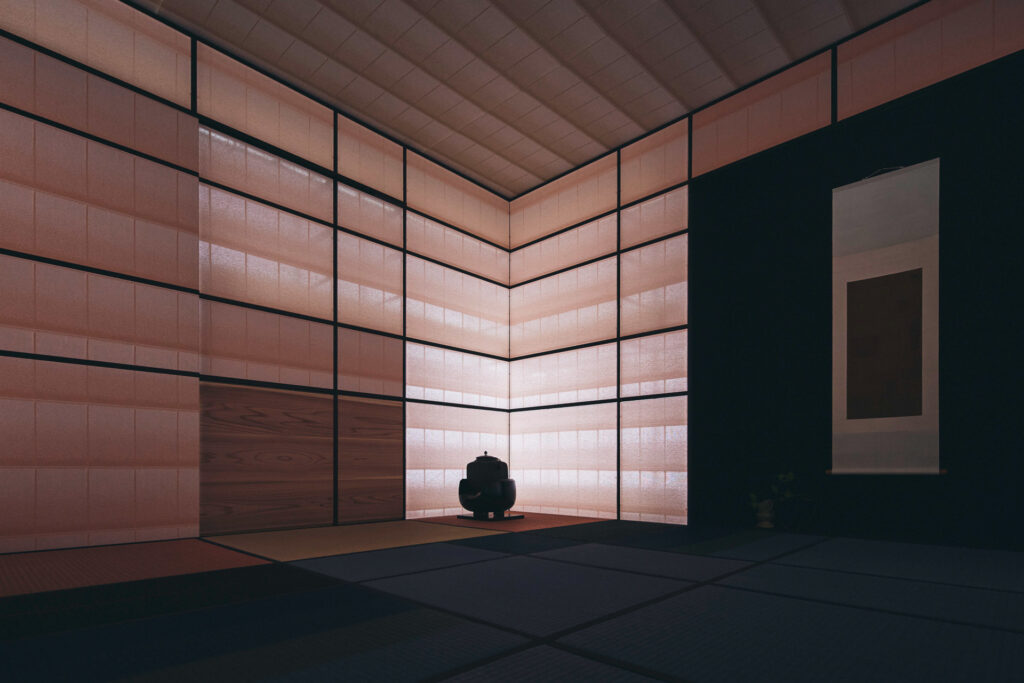
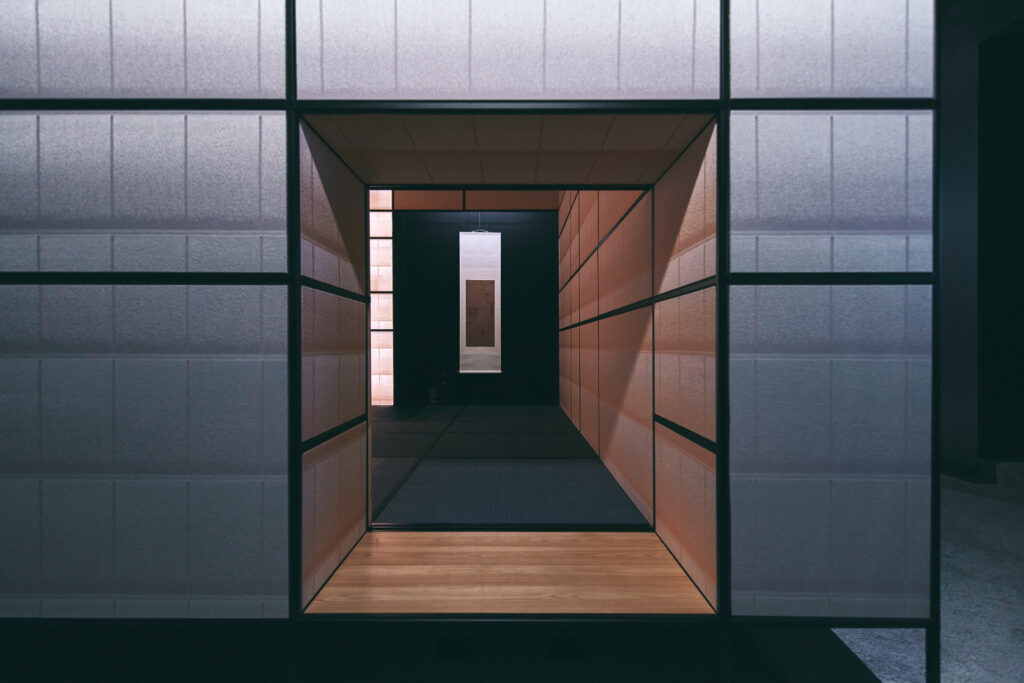
©️ Hosoo Co., Ltd. all rights reserved.
Teresa Structure
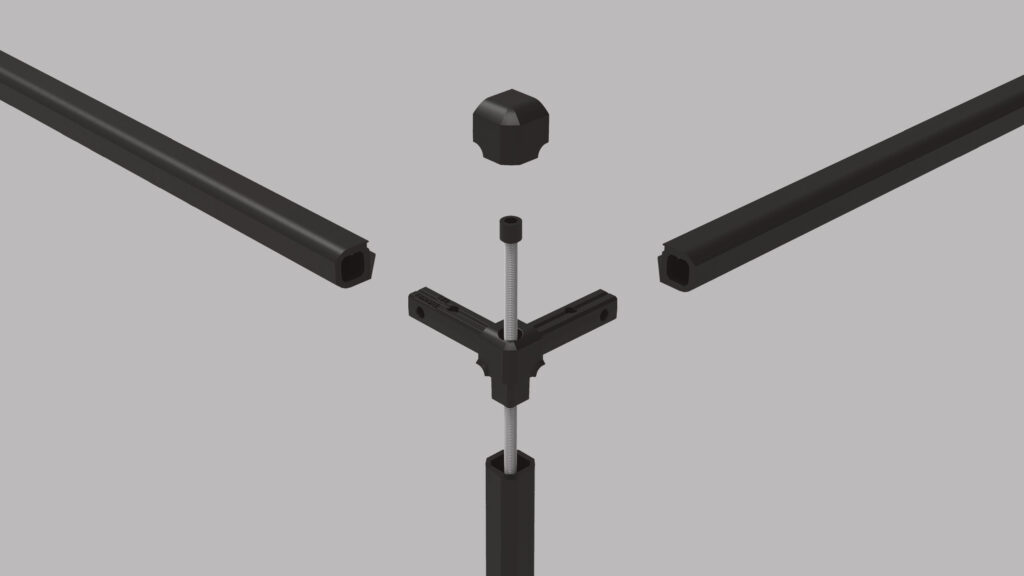
This structure was inspired by the "wabi-sabi" aesthetic sense and the nail-less construction unique to traditional Japanese wooden architecture. Even with a thin and sharp frame of 20 mm in external dimension, it has good strength. In addition, it has a unique system where no screws or fasteners are visible, for which an international patent is currently being applied for.
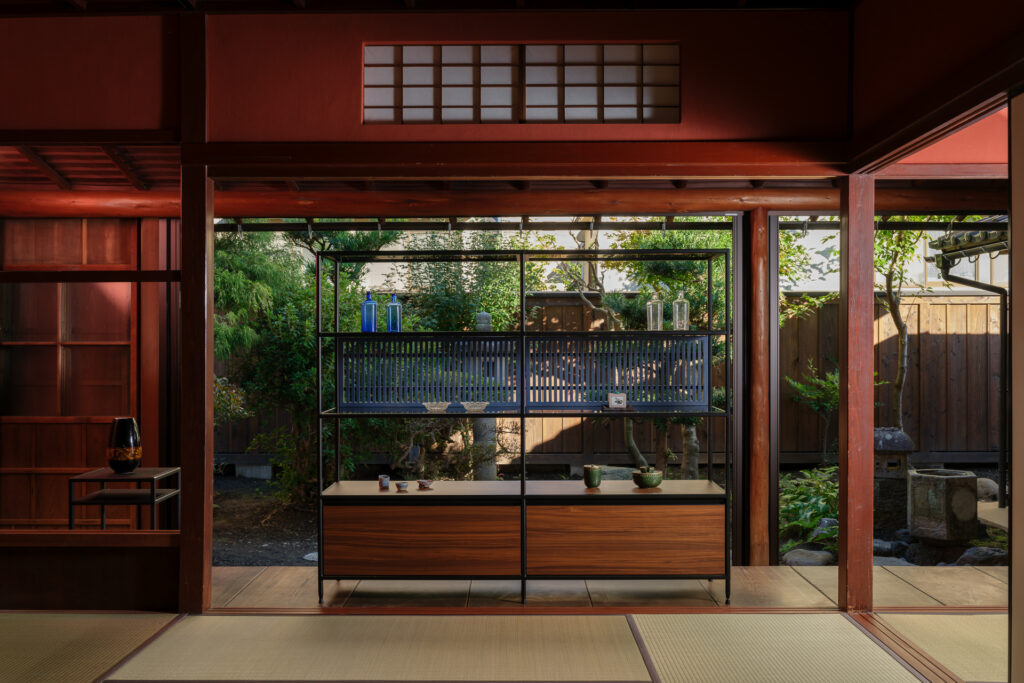
The unique, patented structure, which is sure to be strong even with thin frames, is perfectly combined with the frame modules (450 mm, 675 mm, or 900 mm in width, and 175 mm, 250 mm, or 350 mm in height), which allows us to develop furniture, such as benches that require high load capacity, and unit shelves. It can also be used to create special spaces, for example a tea room with a "toko" alcove, or a small kitchen-like space for preparing a tea ceremony called "mizuya."
In addition, the unit can be disassembled and reassembled, allowing it to be relocated as a knock-down tea room. The frame is made of aluminum, which is easy to work with and highly recyclable, and is shaped to harmonize with the space, like traditional architectural cabinetry.
The frame is thin with an external dimension of 20 mm, with softly curved corners like a chambered edge, and a matte powder-coated finish.
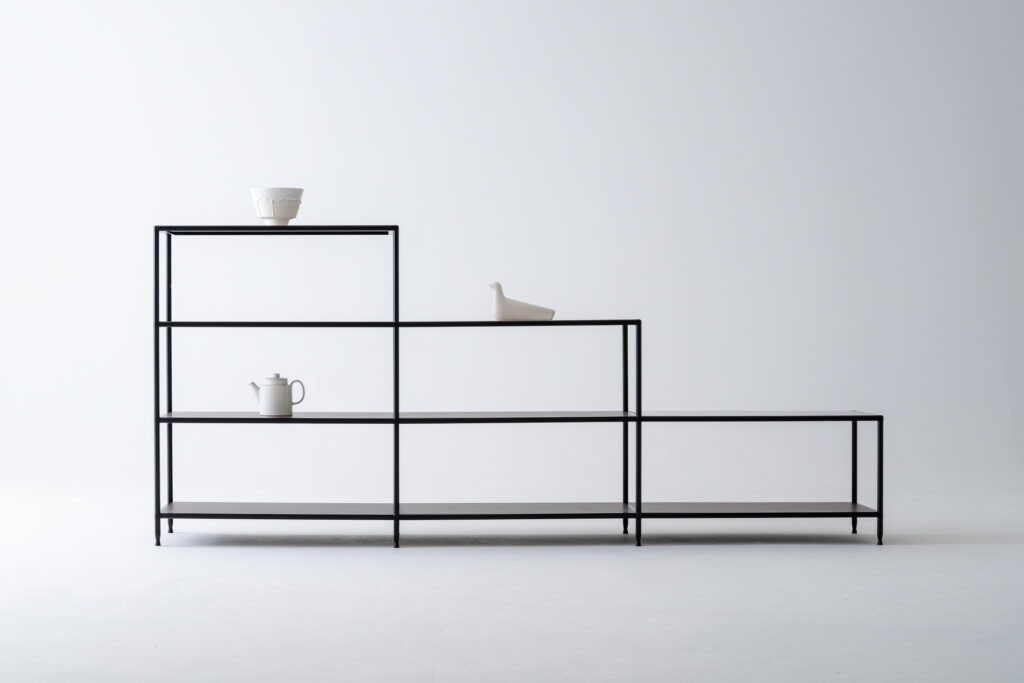
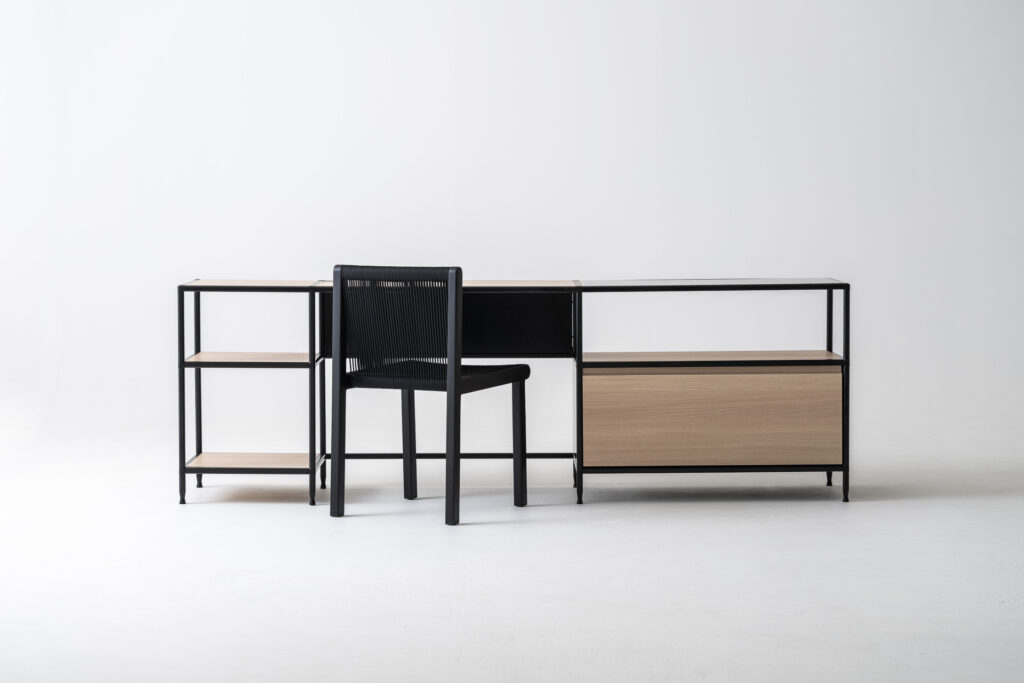
Additional Information
HOSOO Co., Ltd.
HOSOO was founded in 1688 as weaver in the Nishijin district of Kyoto, Japan. Producing pre-dyed yarn textiles, the Nishijin textile industry has been cultivated for approximately 1200 years with strong support from patrons including imperial nobles, the samurai class, and wealthy local business people. While inheriting the traditional craftsmanship of Nishijin textiles, which today can be seen in obi belts, kimonos, and other Japanese items, HOSOO has been creating unique textiles with innovative techniques and a timeless design sense, and is expanding its business into domestic and international luxury markets.
Head Office: 412 Kakimoto-cho Nakagyo-ku, Kyoto 604-8173, Japan
President: Masataka Hosoo
See details on the website: https://www.hosoo.co.jp/en/
